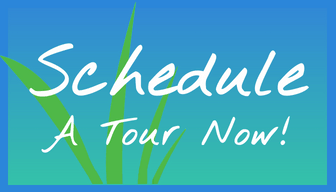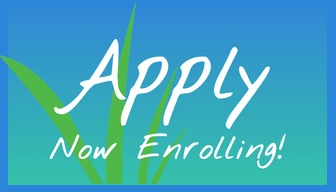by Frank Merillat
I just finished assisting in the latest version of Deane Juhan’s Resistance/Release approach. Deane has been coming regularly to our school and offering this course for approximately five years now and I enjoy how I keep learning, going deeper in the work, and am thus able to offer this to my clients.
During this last class a participant asked if they could have a handout on hand placement and the order of the moves involved in this technique. This question caught my attention. When learning something new, it is often a comfort to have a script. Do this, then this and finish with this. I now know what to do. There is a problem with this method when applied to treating the body. Each body is a little bit or even a lot different. A set approach does not always meet the need presented.
When approached with this request, Deane replied he does not like to give set notes because what he does depends on the person. There is a process to the work, a way of approaching what is offered. It is usually not a 1-2-3 model. I find this true with whatever modality or approach I am using when I work with a client. It depends on the story, the feeling of the tissue, the emotional/mental state, the availability of the client and my skills. One size does not fit all.
It is important to understand the underlying cause of the problem and then design a way to assess and treat that works for the person. When we offer Neuromuscular Therapy in the school’s basic training program, we offer a process of exploration that utilizes all the modalities that have come before, plus the new work we are teaching. It is an integrative approach to therapy. We use our hands to receive and transmit feeling to our client. If we understand how the body works, the system or systems most likely involved, we can then use our hands to communicate this to the body and thus yield positive results. It is a process of exploration and experimentation that in the end hopefully results in a positive outcome for our client. This idea of integrative exploration is what can make the difference in a therapeutic relationship.
When the approach is an exploration, the work is kept new and interesting. It encourages trying something new and maybe unique, as each client is new every time they come to the treatment room. It can keep the work from becoming boring to both the therapist and the client. Whatever the client presents, I can simply ask myself what is involved, how does it relate to the rest of the body, how is the best way to approach it and what would this body like. Now I am ready to begin the exploration and see what happens. I have all the resources available to me from my training and experience. I can now put them together and begin the art of therapy.
This type of approach to the work we do can be a bit scary at the start. What if it doesn’t work? Well I learn something and now can try another approach. I can change tools or modality. I am not attached to a particular result, I am open to what happens. I am better able to apply all my skills. This, of course, can be difficult. I am often asked in class, “Tell me what to do”. The truth is, I do not know, it depends. I don’t know until I explore. Most of us like to know the answer, the important thing is to trust the process and see what appears along the way. This is the art of therapy.
If you are interested in an exploration of the neck and shoulder, come join us in the “Getting Specific” workshops I am offering Saturday, March 12, and Sunday, March 13. Saturday will focus on the neck and the Sunday on the shoulder. You can take one or both. You can find the details on the Florida School of Massage workshop page. To register, please contact me directly at fmerillat@mac.com or call (352)371-0743.



